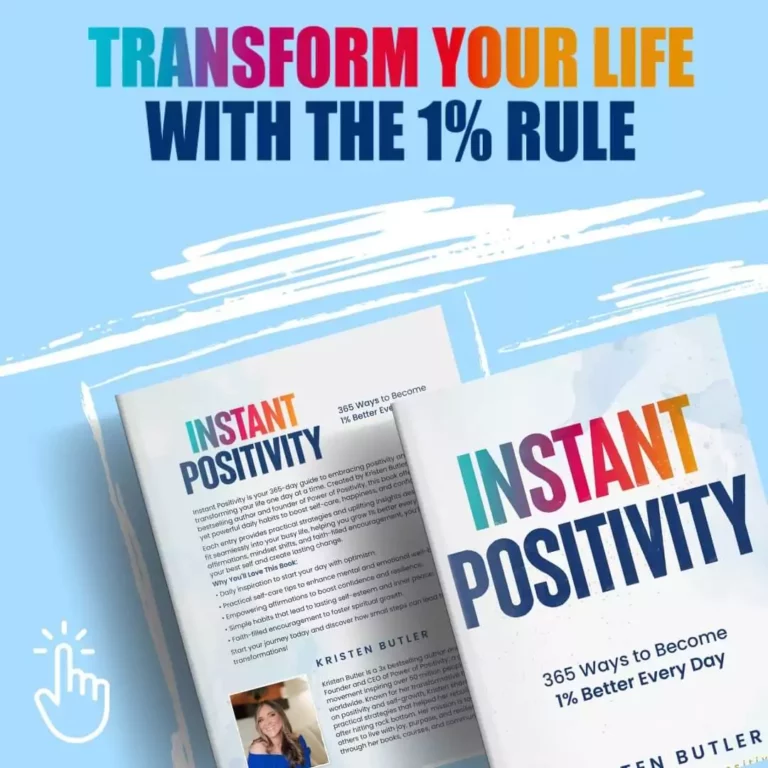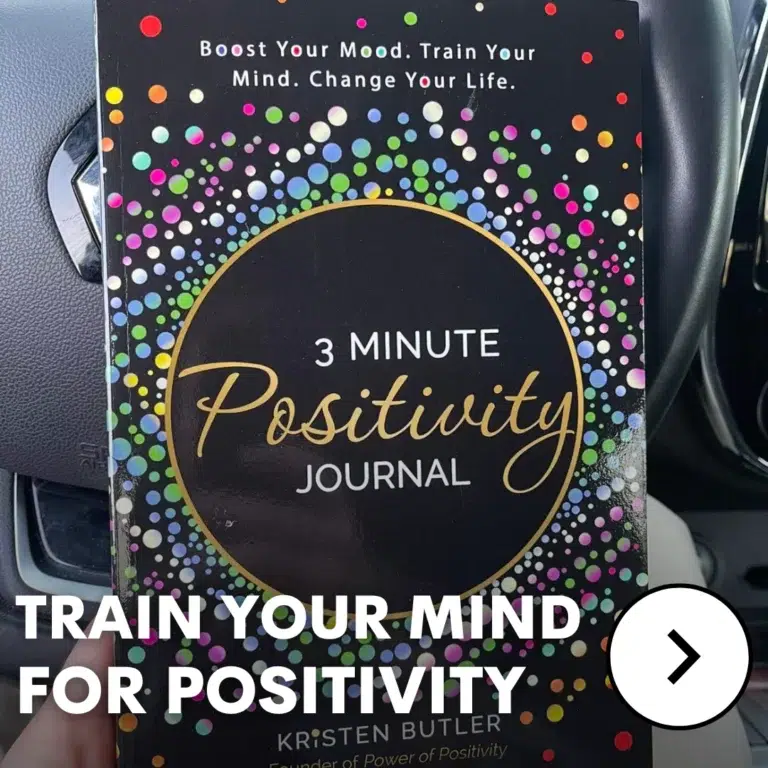Long before phones, clocks, or maps, people turned their eyes to the sky for answers. The stars told them when to plant, when to travel, and maybe even what kind of day they were about to have. Thousands of years later, not much has changed — only now, instead of studying the sky, we scroll through horoscope apps on our screens.
Every morning, millions still check their zodiac sign hoping for a clue — a little hint that today might bring luck, love, or calm after chaos. Science can explain how planets move, but not why those words feel so personal. Even when we know it’s not proven, something about reading “your day in the stars” feels strangely right.
That’s where the mystery behind horoscopes begins — a mix of ancient tradition, belief, and human nature that still makes us wonder what the sky might be trying to say.
The Sky Before Science: When Stars Told Stories
Before telescopes or textbooks, the sky was the first calendar and compass. Early people noticed how the stars shifted with the seasons and used them to track time, harvest crops, and guide journeys. Those bright dots weren’t just decoration — they were signals of when to plant, when to rest, and when the rivers would rise.
For the Egyptians, the rising of the star Sirius meant the Nile would soon flood, bringing life to their fields. The Babylonians saw patterns in constellations and recorded them like cosmic clues. Across the world, every culture had its own sky stories — some saw gods, some saw warnings, and others saw destiny written above them.
The more people watched, the more meaning they found. From these early patterns grew something far bigger — a belief that the stars weren’t only marking time, but shaping it.
That’s how one of humanity’s oldest belief systems began — astrology, the root of the mystery behind horoscopes.
Birth of Astrology: Reading the Heavens for Meaning
Long before daily horoscopes filled phones, priests in ancient Babylon were watching the night sky for signs from the gods. Around 2000 BCE, they tracked planets and constellations, writing down when they appeared and how events on Earth followed. These early records became the first “star charts,” linking movements in the heavens with what happened below.
Egyptians added their own twist — they noticed that the constellations shifted with each season. When Sirius rose before dawn, it warned that the Nile’s flooding was near. Over time, these patterns turned into predictions. The stars became storytellers.
Later, Greek thinkers took these ideas and gave them structure. They divided the sky into twelve equal parts, each tied to a constellation. Alexander the Great’s travels helped spread this system far and wide, blending math, myth, and meaning.
The mystery behind horoscopes began here — not as magic, but as observation, belief, and curiosity.
That mix of logic and legend shaped what we now know as the twelve zodiac signs.
Mapping the Zodiac: How the 12 Signs Were Born
Centuries ago, Babylonian astronomers noticed the sun seemed to travel across the same path every year. To make sense of it, they divided that path into twelve equal sections — the zodiac. Each slice of the sky matched a constellation, giving birth to the signs we still use today:
- Aries (the Ram)
- Taurus (the Bull)
- Gemini (the Twins)
- Cancer (the Crab)
- Leo (the Lion)
- Virgo (the Maiden)
- Libra (the Scales)
- Scorpio (the Scorpion)
- Sagittarius (the Archer)
- Capricorn (the Goat)
- Aquarius (the Water Bearer)
- Pisces (the Fish)
These signs helped people organize the year — each one marking the sun’s position and the rhythm of life. Over time, this system inspired both astrology and early astronomy, showing how belief and science once shared the same sky.
The mystery behind horoscopes deepened as science advanced — because even when the stars didn’t move, our understanding of them did.
When Astrology Met Astronomy: From Wonder to Measurement
For centuries, astrology and astronomy worked side by side. Ancient scholars like Ptolemy mapped the skies using astrology’s framework, studying how planets moved while still believing they held meaning. Early astronomers weren’t just scientists — they were storytellers of the stars.
Then came minds like Johannes Kepler and Isaac Newton. They began to separate myth from math, explaining the universe through gravity, motion, and precise measurement. The heavens became less about fate and more about physics.
Still, the fascination didn’t fade. People continued to find comfort in the idea that the universe might care about their lives. Science measured the stars, but astrology measured feelings.
Even as facts replaced faith, the mystery behind horoscopes endured — because belief isn’t built on proof, but on connection.
The Psychological Grip of Horoscopes
Every day, people read horoscopes and think, “That sounds just like me.” It’s not coincidence — it’s psychology. The Barnum effect explains why general statements feel personal. Lines like “you value honesty but avoid conflict” sound specific, but they fit almost everyone.
Then there’s self-selection bias — we notice when predictions come true and forget when they don’t. When a horoscope says “an opportunity will find you,” we link it to any small win that follows.
Beyond science, horoscopes offer comfort. They give a sense of order when life feels unpredictable. Reading one can feel like someone understands what you’re going through — even if it’s just printed words.
This belief doesn’t make people foolish; it makes them human. The stars may not decide our fate, but they help us feel seen.
Modern psychology shows that belief can shift mood and mindset — the mystery behind horoscopes might lie in how faith changes how we think.

The Science Behind Why We Keep Believing
Our brains are wired to find patterns — it’s what helped our ancestors survive. The same instinct that saw shapes in clouds or footsteps in the dirt now finds meaning in zodiac signs. Neuroscience shows that when something “fits” our expectations, the brain releases dopamine, giving a small burst of pleasure.
That’s why reading a horoscope can feel calming or even exciting. It gives a sense of control, especially when life feels messy. The act of reading itself becomes a ritual — a quiet moment to reset and reflect.
Even skeptics aren’t immune. Checking a horoscope “for fun” still lights up the same brain areas linked with curiosity and comfort. The stars don’t cause these feelings; our minds do.
The mystery behind horoscopes isn’t just ancient — it’s biological.
Maybe that’s why no amount of science has erased the pull of astrology — because it speaks to something deeper than facts.
The Horoscope Boom: Astrology in the Digital Age
Social media brought horoscopes back into the spotlight. Astrology apps now give daily readings, birth chart breakdowns, and even “compatibility matches.” Memes make zodiac traits funny and relatable, turning ancient symbols into modern self-talk.
Part of the reason it feels so personal is technology itself. Algorithms notice what users click, like, or share — and feed them messages that sound tailor-made. It’s the same trick the stars once played, now powered by data.
Modern astrology focuses less on fortune-telling and more on personality. It’s become a tool for self-reflection rather than prediction. People read it not to know the future, but to understand themselves.
No matter how much technology evolves, the mystery behind horoscopes remains — that strange link between the stars and our search for meaning.
Science vs. Symbolism: Can They Coexist?
Today, science calls astrology a pseudoscience — yet millions still find wisdom in it. For some, horoscopes act like poetry or therapy: a way to think about feelings through symbols instead of formulas.
Researchers say astrology mirrors a simple truth — people crave stories that help them understand themselves. Whether it’s labeled “true” or not, the effect is real. Belief gives comfort, focus, and even hope.
Science studies what is; astrology speaks to what might be. Together, they show two sides of human curiosity — one grounded in data, the other in dreams.
Maybe that’s the hidden balance — the mystery behind horoscopes isn’t about stars versus science, but about how both shape how we see ourselves.
The Enduring Mystery: Why the Stars Still Speak to Us
From cave drawings to modern star maps, humans have always searched for signs in the sky. The stars remind us that there’s more out there — something bigger, older, and constant.
Horoscopes survive because they speak to simple needs:
- Hope when the future feels unclear
- Identity when we’re unsure who we are
- Belonging when we want to feel connected to something greater
The science explains how belief works, but not why it matters so much. Maybe that’s the real power — a reminder that wonder still has a place in a logical world.
The mystery behind horoscopes isn’t about the planets moving above us. It’s about what moves within us when we look up.
The stars haven’t changed for millions of years — only our reasons for looking at them have.




